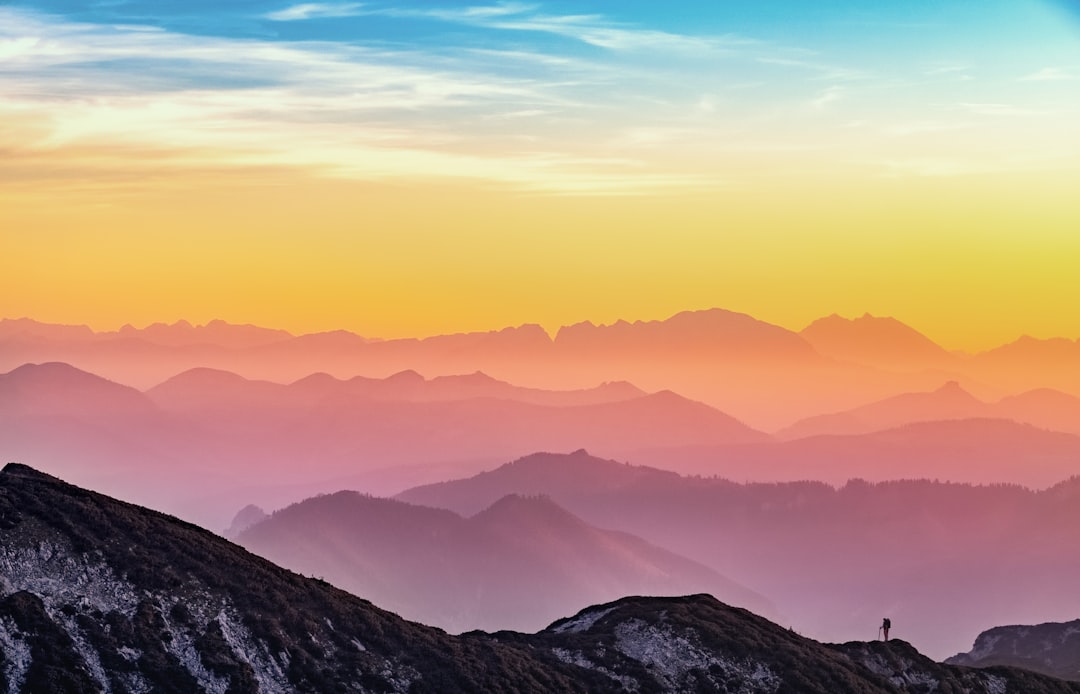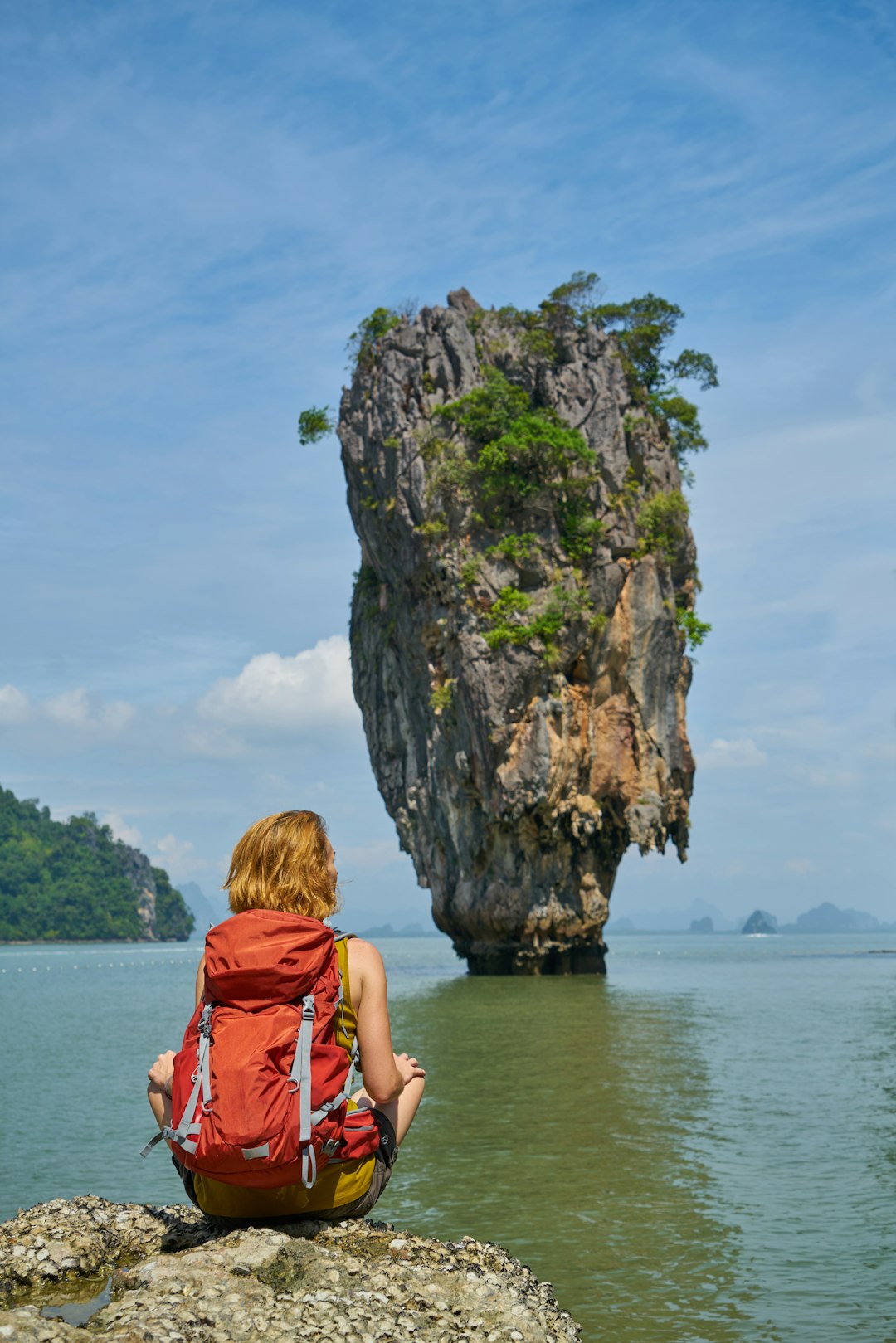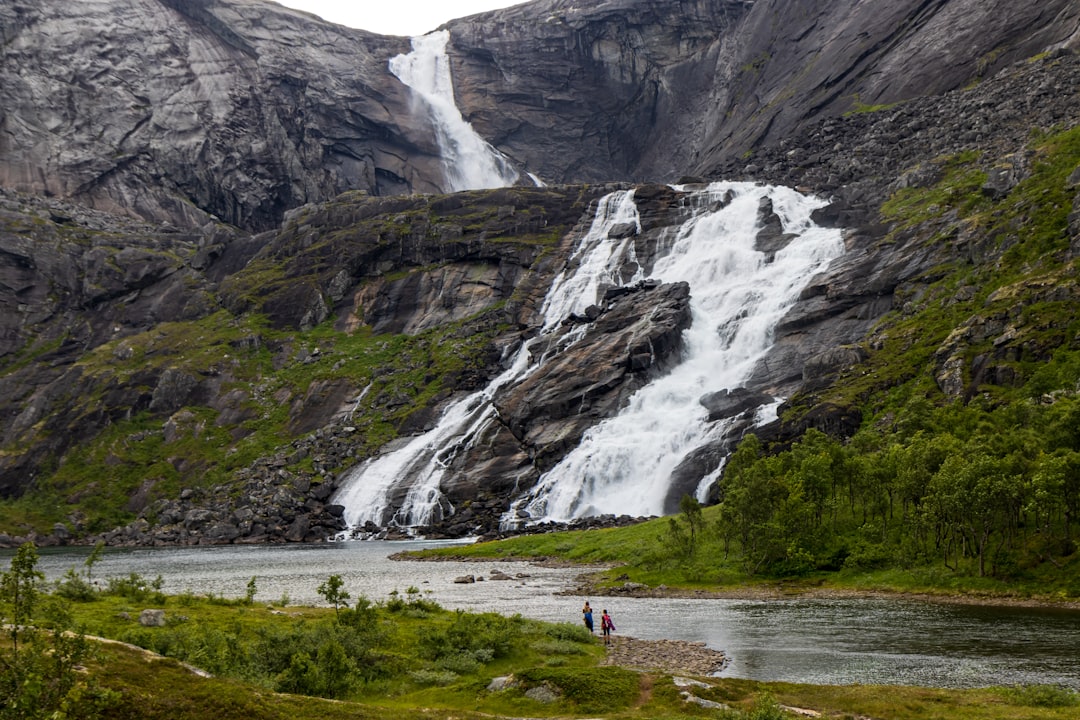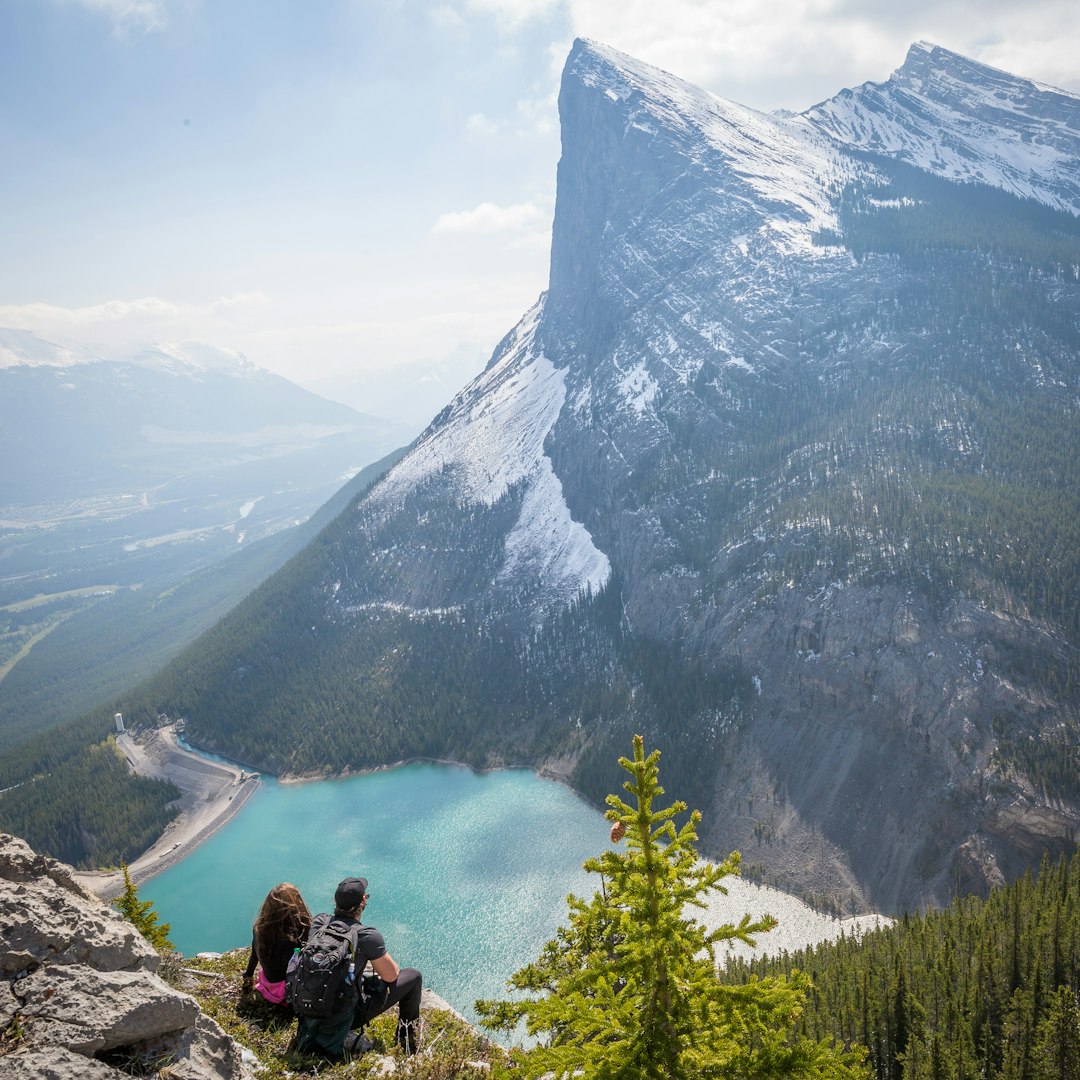
Breathtaking Waterfalls You Must See: A Journey to Nature's Splendor.
# Introduction. Waterfalls have an enchanting quality that captivates nature lovers, photographers, and travelers alike. They symbolize the beauty and power of nature, offering awe-inspiring sights and sounds that resonate deeply within us. In this blog post, we will explore some of the most breathtaking waterfalls around the world, highlighting their unique features, the best times to visit, and activities you can enjoy while there. Prepare to be mesmerized by nature’s artistry! ## 1. Niagara Falls, USA/Canada. Nestled on the border between the United States and Canada, Niagara Falls is undoubtedly one of the most famous and iconic waterfalls in the world. Comprising three distinct waterfalls – the American Falls, Bridal Veil Falls, and Horseshoe Falls – Niagara offers an impressive spectacle of water cascading down at a staggering rate of approximately 168,000 cubic meters per minute. Visitors can experience the falls up close by taking the Hornblower Niagara Cruises, which offers boat tours that take you right to the base of the thundering Horseshoe Falls. A visit to the observation decks and various viewpoints, such as the Skylon Tower, provides a stunning panoramic view of the falls and surrounding landscape. In the evening, be sure to catch the mesmerizing illumination of the falls, treated to vibrant colors that dance across the water, making for a truly magical experience. ## 2. Iguazu Falls, Argentina/Brazil. Iguazu Falls is often regarded as one of the most spectacular waterfalls in the world, thanks to its sheer size and the beauty of its natural surroundings. Located on the border between Argentina and Brazil, this UNESCO World Heritage site consists of around 275 individual falls, collectively forming a vast semi-circular waterfall nearly 1.7 miles long. The most impressive segment, known as the Devil's Throat, plunges 262 feet into the canyon below, producing a thunderous roar and a mist that creates stunning rainbows on sunny days. Visiting Iguazu Falls offers various options for adventure enthusiasts, including hiking trails through the lush rainforest and boat tours that take you right up to the falls. Explore the surrounding national parks for a chance to spot unique wildlife, including colorful toucans and playful coatis. The diverse experiences on offer make Iguazu Falls a must-see destination for travelers seeking a perfect blend of adventure and natural beauty. ## 3. Victoria Falls, Zambia/Zimbabwe. Known locally as Mosi-oa-Tunya, or “The Smoke That Thunders,” Victoria Falls is one of the largest and most magnificent waterfalls in the world, bordered by Zambia and Zimbabwe. With a width of over a mile and a drop of 355 feet, the sight of water plummeting into the Zambezi River is both thrilling and humbling. The falls create an impressive spray that can be seen from miles away, especially during the rainy season, when the water flow reaches its peak. Visitors can take guided tours or embark on adrenaline-pumping activities such as bungee jumping from the iconic Victoria Falls Bridge or white-water rafting along the Zambezi River. The region surrounding the falls is rich in wildlife, so consider scheduling a sunset cruise or safari excursion to experience the beauty of the African landscape. Whether witnessing the mighty falls from land or taking a helicopter ride for a bird’s-eye view, Victoria Falls promises an unforgettable experience. ## 4. Plitvice Lakes National Park, Croatia. While technically a series of cascading lakes and not one single waterfall, the breathtaking beauty found in Plitvice Lakes National Park is a must-see destination for waterfall enthusiasts. This UNESCO World Heritage site features a network of stunning turquoise lakes connected by cascading waterfalls and vibrant forests. The park is home to numerous waterfalls, including the striking Veliki Slap (Great Waterfall), which plunges 256 feet and is the tallest waterfall in Croatia. During your visit, stroll along the well-maintained wooden walkways and hiking trails that provide breathtaking views of the lakes and waterfalls. The best time to visit is during the spring or fall, when the colors burst into life, and the park is less crowded. Whether you're a nature lover, a photographer, or simply seeking tranquility in a beautiful setting, Plitvice Lakes National Park will exceed your expectations. ## 5. Angel Falls, Venezuela. As the tallest waterfall in the world, Angel Falls is a true marvel of nature, with a staggering drop of 3,212 feet. Located in the Canaima National Park in Venezuela, Angel Falls cascades down the Auyán-tepui mountain, creating a breathtaking sight of water flowing effortlessly into the lush jungle below. The waterfall is named after Jimmy Angel, an American aviator who first discovered it in 1933. Reaching Angel Falls involves a challenging journey that often includes a scenic flight to Canaima and a boat ride along the river to the falls. Once you arrive, satisfaction awaits as you capture the mesmerizing scenery and listen to the sounds of the falls echo through the valley. The surrounding Canaima National Park boasts rich biodiversity, making it an ideal destination for nature enthusiasts and adventure seekers alike. ## Conclusion. Waterfalls are not just beautiful natural wonders; they symbolize power, tranquility, and the breathtaking artistry of nature. The waterfalls highlighted in this blog post represent some of the most spectacular sites on the planet, each offering unique experiences and a glimpse into the diverse beauty of our world. Whether you’re adventure-seeking or simply looking to relax in nature's embrace, these breathtaking waterfalls are a reminder of the magic that can be found in our natural landscapes. Don’t forget your camera and enjoy the splendor! .







